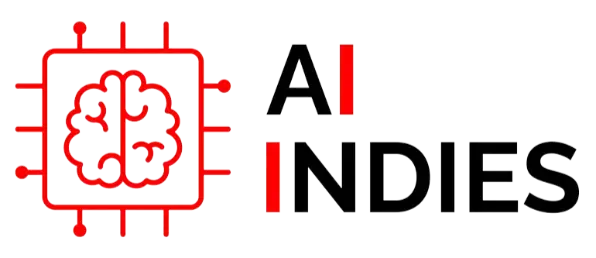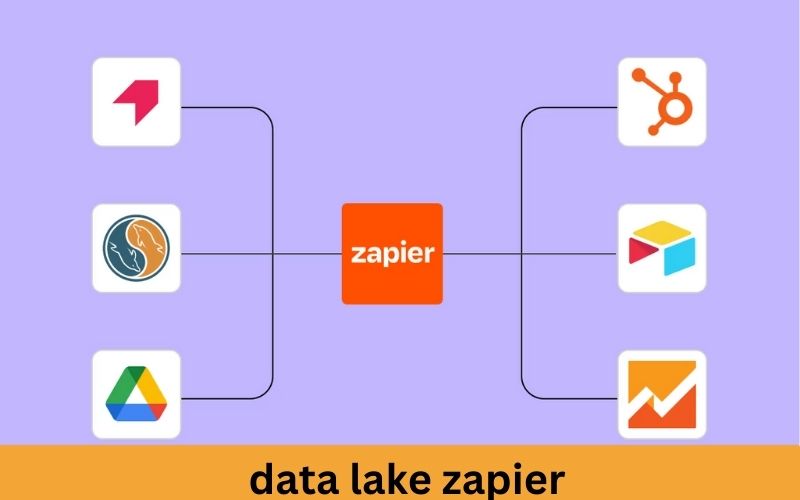In today’s data-driven world, organizations are increasingly relying on data lakes to store vast amounts of structured and unstructured data. A data lake serves as a centralized repository, allowing businesses to analyze information for valuable insights. However, managing and integrating data across various platforms and applications can be challenging. Enter Zapier, a powerful automation tool that simplifies workflows by connecting different apps and automating repetitive tasks.
Understanding Data Lakes
Unlike traditional databases, which require data to be processed and structured before storage, data lakes store data in its original form. This flexibility makes data lakes ideal for storing diverse data types, including logs, sensor data, images, and videos.
The Role of Zapier in Data Integration
Zapier is a popular integration platform that connects over 3,000 apps, allowing users to automate workflows without any coding knowledge. By creating “Zaps,” automated workflows triggered by specific actions, Zapier enables seamless data movement between apps. This capability is invaluable for organizations looking to streamline processes and enhance productivity.
Benefits of Integrating Data Lakes with Zapier
- Efficient Data Management: Automate the extraction, transformation, and loading (ETL) processes between your data lake and other applications. This reduces manual effort and ensures data consistency.
- Real-time Updates: Keep your data lake updated in real-time by triggering actions based on events from connected apps. For example, automatically update customer profiles or sales data without manual intervention.
- Enhanced Decision-Making: Access timely insights by integrating data from various sources into your data lake.
- Scalability and Flexibility: Scale your data integration efforts as your business grows. Zapier supports a wide range of apps and allows customization of workflows to meet specific business needs.
Best Practices for Data Lake Integration with Zapier
- Plan Your Workflow: Define clear objectives and map out your data integration workflow before configuring Zaps. This ensures that the automation aligns with your business goals.
- Data Security: Implement robust security measures to protect sensitive data during integration. Utilize encryption and access controls to safeguard information transmitted between apps.
- Monitor Performance: Regularly monitor Zap performance and data flow to identify and resolve any issues promptly. Use Zapier’s analytics to track workflow efficiency and identify optimization opportunities.
Additional Benefits of Integrating Data Lakes with Zapier
Streamlined Reporting: Automate the process of generating and distributing reports. Integrate data from your data lake with reporting tools like Google Sheets or Microsoft Excel through Zapier, ensuring stakeholders receive up-to-date information without manual data entry.
Improved Data Quality: Implement data validation and cleansing workflows. Use Zapier to automatically clean and validate data as it moves into your data lake, reducing errors and ensuring high-quality datasets for analysis.
Enhanced Collaboration: Foster better collaboration across teams by integrating communication tools like Slack or Microsoft Teams with your data lake. Automatically notify team members of updates, new data availability, or important insights, ensuring everyone stays informed and aligned.
Advanced Analytics: Enable advanced analytics by connecting your data lake with powerful analytics tools like Tableau, Power BI, or Google Data Studio. Zapier can automate the data transfer, making it easier to visualize and analyze large datasets for deeper insights.
Customer Personalization: Enhance customer experiences by integrating CRM systems with your data lake. Use Zapier to automate the flow of customer data, enabling personalized marketing campaigns, tailored product recommendations, and improved customer support.
Operational Efficiency: Optimize business operations by automating routine tasks and data transfers. Integrate your data lake with various operational tools, such as ERP systems or inventory management platforms, to ensure seamless data flow and improved operational efficiency.
Enhanced Data Synchronization: Ensure consistent and synchronized data across multiple platforms. Use Zapier to automate data synchronization between your data lake and various databases, ensuring that all systems reflect the most current information and reducing discrepancies.
Additional Benefits of Integrating Data Lakes with Zapier
Cost Efficiency: Reduce operational costs by automating data integration tasks. Zapier allows you to eliminate manual processes and reduce the need for additional IT resources, leading to significant cost savings over time.
Proactive Issue Resolution: Set up automated alerts and notifications for potential data issues. Zapier can monitor data quality and trigger alerts if anomalies are detected, allowing your team to address problems proactively before they escalate.
Conclusion: Embracing Data Lake Zapier for Seamless Integration
In conclusion, leveraging Zapier to integrate with your data lake offers unprecedented efficiency and agility in managing data across your organization. By automating workflows and ensuring real-time data updates, businesses can enhance productivity and decision-making capabilities. Whether you’re aiming to streamline customer interactions, automate marketing campaigns, or improve operational efficiency, integrating data lakes with Zapier is a strategic move towards harnessing the power of data in today’s digital landscape.




